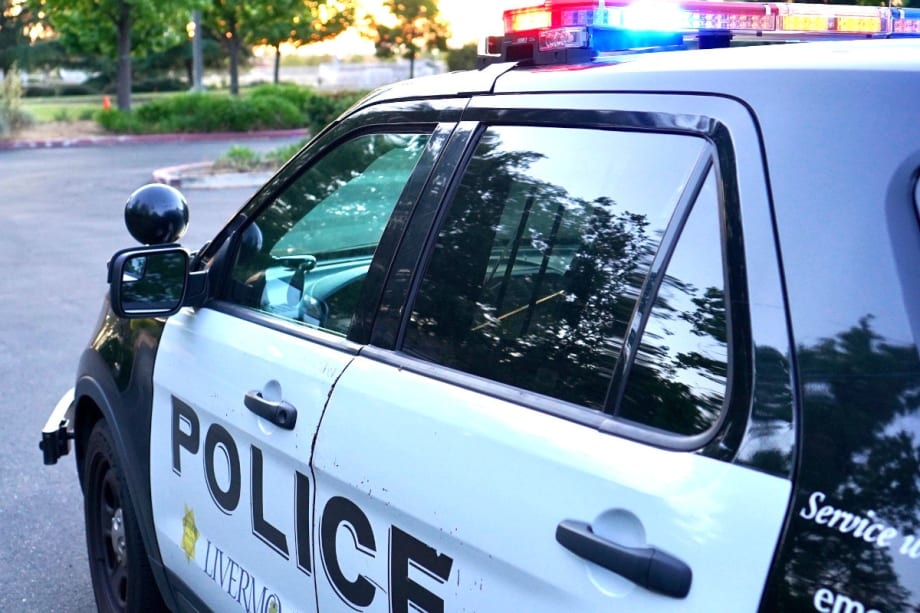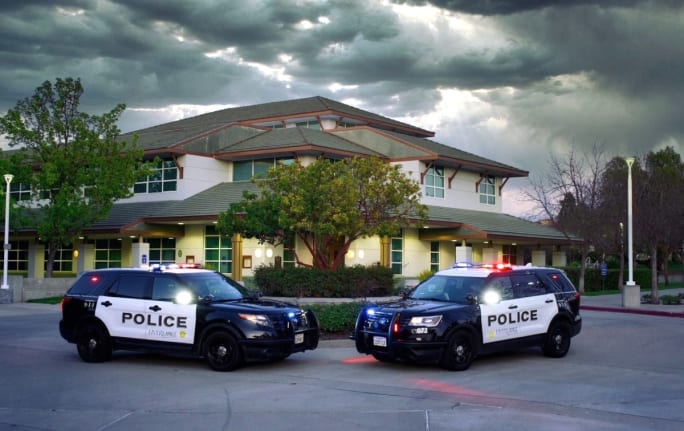Prior to the rising cost of fuel, the Livermore PD ordered two new hybrid patrol vehicles, but they have yet to accept delivery. Smith says they are expected to arrive before June. However, the department is already equipped with two unmarked hybrid vehicles, but Smith points out how those vehicles are used differently than the marked cars that are continually on patrol. The department also has four officers on motorcycle, with plans to add two more motorcycles to the fleet.
“Our city leaders have been encouraging us to look at more hybrid and electric cars. We still need to test drive them. Once we do, we can figure out if we need to purchase more,” she adds, while pointing out there are additional challenges for the department when it comes to electric vehicles. There are no charging stations at the police department. Also, the patrol cars are used throughout the day and there is no downtime that would allow for them to be recharged.
About 60 miles east of Livermore, Chief Jerry Ramar is in his first year leading the Oakdale Police Department. Despite the rising fuel costs, he is under budget on fuel expense. “Right now, we are at 60%, and we are 75% through the year on my budget for fuel and oil, so I don’t foresee it being an issue,” Ramar says.
Ramar, who has now been with the department for three years, served as acting chief beginning in July 2021, and has been chief since October 2021, says he cannot speak to the city’s fuel expenses for the department over past years. However, he says, “We are budgeted well in the event that something like this happens.”
The City of Oakdale buys fuel in bulk and all city vehicles are fueled by the same tank at the public services department.














